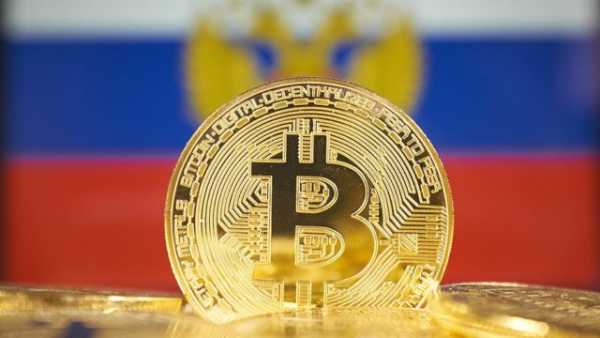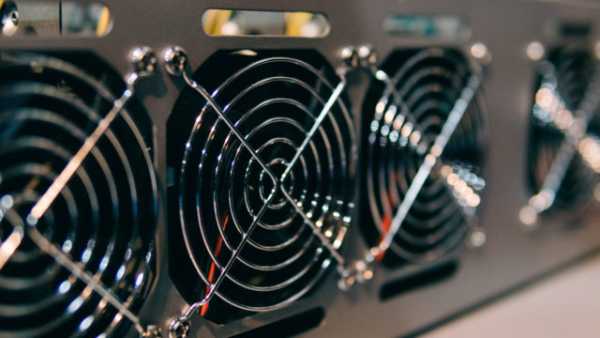Bitcoin Mining Faces ‘Incredibly Difficult’ Market as Power Becomes the Real Currency

Jackson Hole, Wy. — Bitcoin miners have historically navigated the volatile boom-and-bust cadence tied to the four-year halving events. Yet industry leaders assembled at this week’s SALT conference in Jackson Hole argue the landscape has transformed, driven by evolving market forces.
The emergence of exchange-traded funds, skyrocketing energy needs, and AI’s transformative impact on infrastructure demand are pushing mining firms to explore diversification strategies or face obsolescence.
“Previously, discussions revolved around hash rates,” remarked Matt Schultz, CEO of Cleanspark. “Today, the conversation centers on maximizing returns from energy assets.”
Traditionally, mining enterprises—reliant exclusively on bitcoin rewards—cycled through survival challenges post-halving, slashing payouts every four years. Executives now contend this pattern no longer dictates their operations.
“The halving cycle’s relevance has faded as bitcoin evolves into a strategic asset, bolstered by ETFs and institutional adoption,” Schultz explained. “ETF-driven demand currently outstrips newly minted bitcoin by vast margins.”
Cleanspark, managing 800 megawatts of active energy infrastructure with 1.2 gigawatts underway, is diversifying its revenue streams. “Rapid deployment of power infrastructure opens doors to monetize energy beyond mining,” he noted. “Operating across 33 sites grants unprecedented operational agility.”
An unforgiving sector
Other executives share Schultz’s outlook on industry transformation.
Patrick Fleury, CFO of Terawulf, highlighted mounting profit pressures without mincing words: “Bitcoin mining operates on razor-thin margins.” He simplified the math—at $115,000 per bitcoin, half the revenue covers electricity alone when power costs five cents per kWh. Adding corporate expenses further erodes profits, underscoring the necessity for rock-bottom energy prices.
Fleury identified another hurdle: unrelenting network expansion fueled by hardware giants like Bitmain. “Their direct access to chip suppliers enables continuous rig production,” he said. “Even if miners pause purchases, Bitmain leverages cheap global energy hubs to deploy machines, escalating competition.”
Terawulf’s response includes a $6.7 billion partnership with Google to repurpose mining facilities into data centers. “These projects demand patience,” Fleury admitted. “Months of due diligence led to a novel financing model, with Google backing $3.2 billion in lease obligations to lower capital costs.”
Efficiency as lifeline
IREN’s Kent Draper highlighted profitability through disciplined cost control. “Our focus remains securing low-cost energy zones and maintaining operational authority,” said the chief commercial officer. IREN’s 50 exahash output equates to $1 billion in annual revenue, boasting 75% gross margins and 65% EBITDA margins.
Despite success, IREN temporarily halted mining expansion. “AI diversification offers compelling alternatives,” Draper clarified. “Cloud-based GPU services promise faster returns, sometimes within two years, compared to mining’s capital intensity.”
Adapting through turbulence
Marathon Digital’s Salman Khan drew parallels between crypto mining and volatile commodity sectors. “Survival hinges on robust balance sheets,” noted the CFO, referencing bitcoin holdings as buffers against price swings. Marathon’s recent Exaion acquisition targets edge computing, emphasizing recurring revenue and data sovereignty.
The power imperative
Across strategies, executives agreed energy—not computational power—now fuels competitiveness. “Our grid flexibility cuts annual energy costs by a third,” Schultz emphasized. Cleanspark’s acquisition of underutilized energy assets near Atlanta exemplifies efforts to capitalize on stranded resources.
Bitcoin’s enduring role
While diversifying into AI and cloud services, panelists affirmed bitcoin’s ongoing centrality. Investors, they argued, should note miners’ scaled operations, cost advantages, and resilience. Fleury likened Terawulf’s cash-flow potential to established data center players, while Draper cited IREN’s performance leadership.
Schultz speculated on bitcoin’s next chapter: “Beyond speculation, its real value may lie in stabilizing power networks—a backbone for future energy systems.”
Further reading: Bitcoin Mining Costs Surge Amid Record Hashrate Levels: TheMinerMag
Source: cryptonews.net



